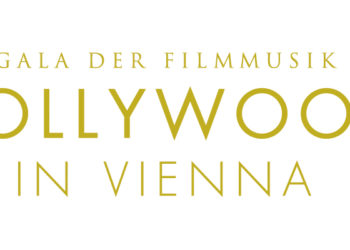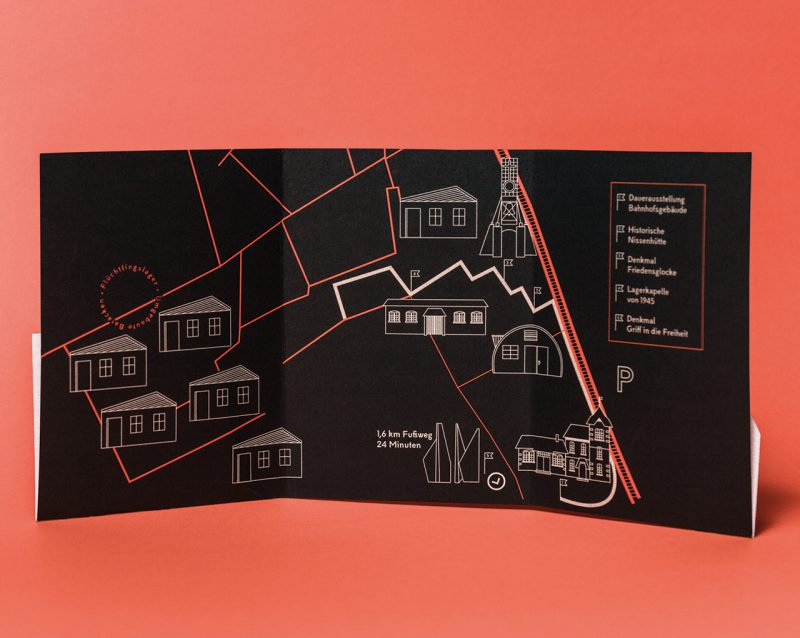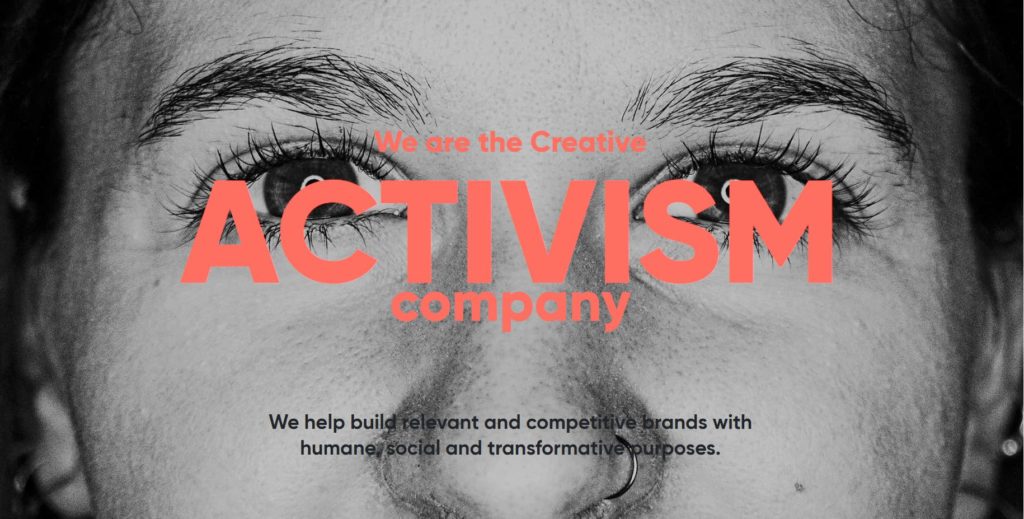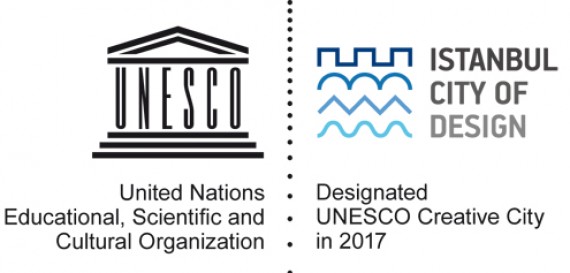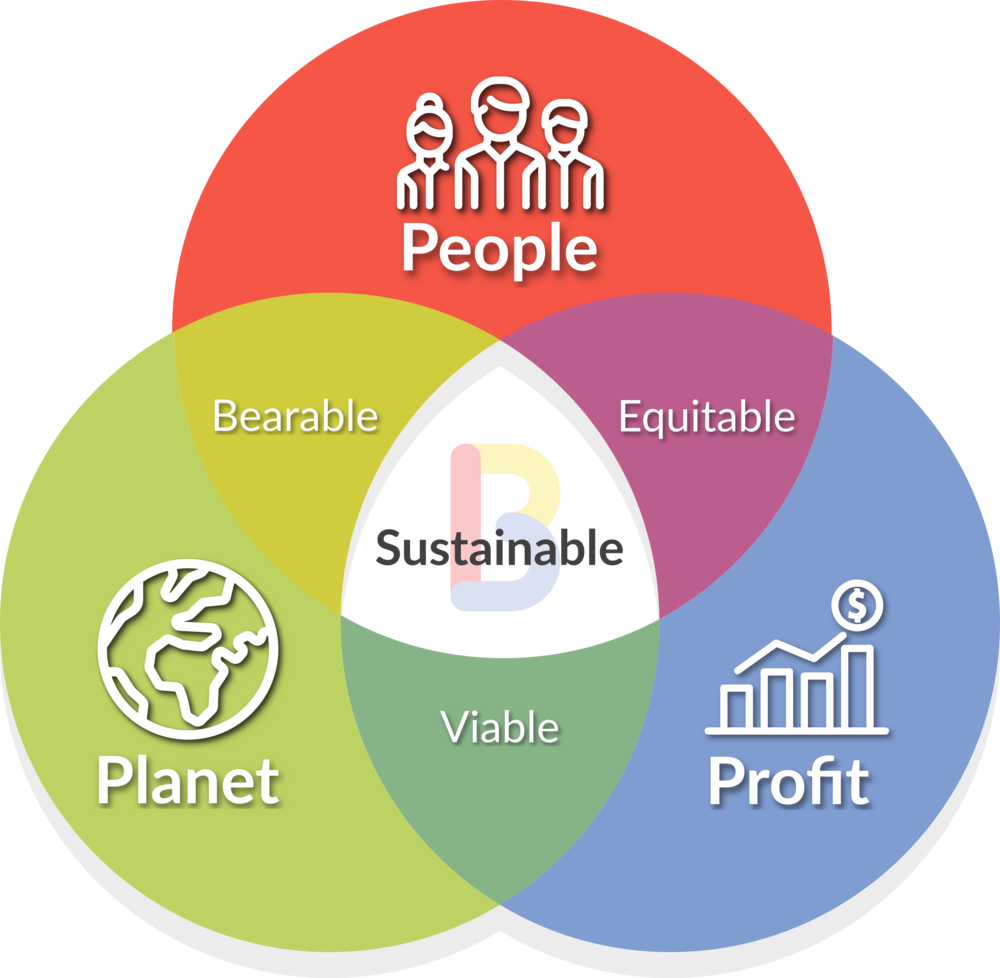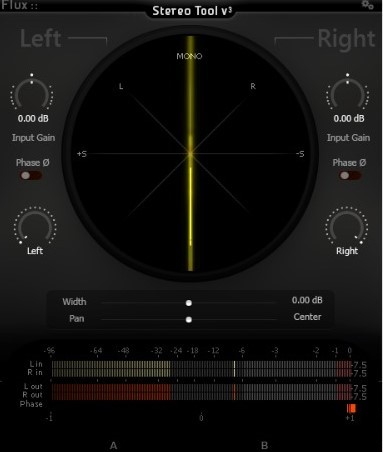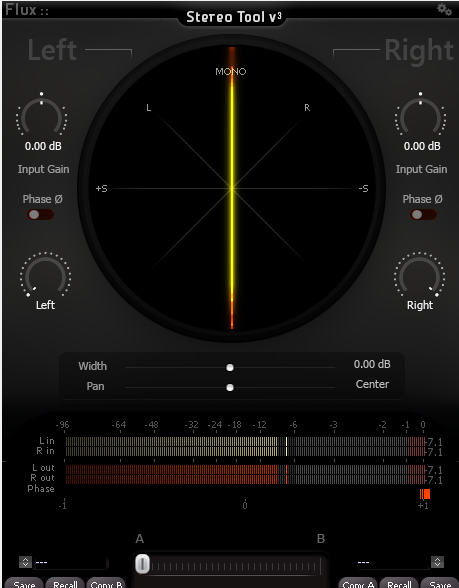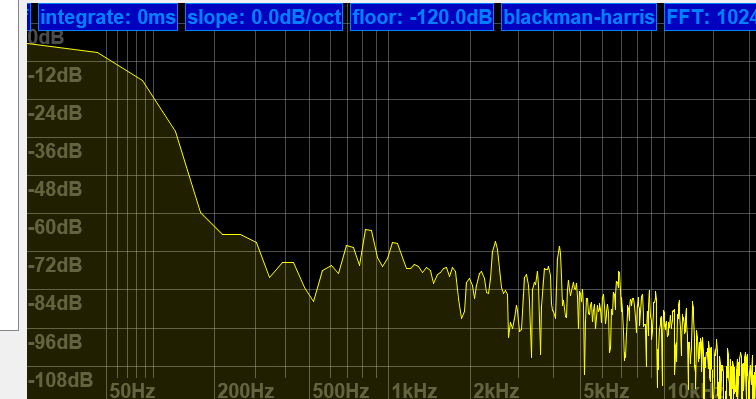Die Design Lectures, die wir dieses Semester online angeschaut haben, geben Einblicke in die unterschiedlichsten Designsparten und bieten Designern die Möglichkeit ihre Projekte und Gedanken mit Kollegen, Studierenden und Interessierten zu teilen. Im folgenden Artikel beschreibe ich kurz die Kernaussagen der Lectures und wie mein eigener Zugang zu diesem Thema ist. Die Vorträge von Astrid Kury, Ursula Tischner, und Wolfgang Schlag beschreibe oder reflektiere ich etwas ausführlicher.
#01 Pladisplay – Andrey Sudarikov
Bei dieser Lecutre wurden drei Projekte vorgestellt, die Andrey Sundarikov mit seinem Studio konzipiert und umgesetzt hat. Die Projekte beschäftigen sich mit alle mit interaktiven Installationen in unterschiedlichen Anwendungsbereichen wie Flughäfen oder Ausstellungen.
Es wäre für mich sicherlich eine interessante Erfahrung an einem Projekt in dieser Größe mitzuarbeiten. Allerdings nur, um meinen technischen Fähigkeiten als Designerin weiterzuentwickeln und nur für einen kurzen Zeitraum. So pompös wie die Projekte präsentiert wurden, kann ich mir nicht vorstellen, dass die Projektziele mit meinen Werten im Leben zusammenpassen.
#02 Work Work Balance – Saskia Schmidt
Saskia Schmidt schildert ihren Werdegang zur selbständigen Designerin wie ihr ihr Bauchgefühl und Netzwerk dabei geholfen haben und welche Projekte sie bis heute umgesetzt hat.
Ich finde persönliche Stories immer sehr spannend, weil sie mir Inspiration und Mut geben meinen eigenen Weg zu finden. Mich hätte noch interessiert, wie groß ihre Selbstzweifel waren und wie sie damit umgegangen ist bzw. ob heute noch Selbstzweifel als Designerin aufkommen.
#03 Why Collaborate – Astrid Kury
Die Vortragende Astrid Kury erklärt wie wichtig es ist mit Menschen aus anderen Disziplinen zusammenzuarbeiten und beschreibt dazu hilfreiche Methoden und damit verbundene Herausforderungen. Außerdem stellt sie einige Projekte an denen sie gearbeitet hat vor, die sich mit sozialpolitischen Themen wie Armut oder der Integration von Menschen mit Behinderung beschäftigen. Ich finde diese Design Lecture spannender als viele andere. Die Gründe dafür möchte ich etwas genauer erläutern:
Erstens, weil sie sich mit Projekten beschäftigt, die eine größere Vision haben als Inhalte schön oder pompös aufzubereiten. Zum Beispiel die Ausstellung über Armut in Österreich, die das Bewusstsein für die täglichen Probleme von Menschen mit wenig Geld schärft.
Zweitens, weil mich dieser Vortrag daran erinnert, dass ich meine Fähigkeiten als Designerin unbedingt auch für Themen einsetzen möchte, die mir am Herzen liegen. Ich könnte mir später im Berufsleben beispielsweise gut vorstellen, mein Wissen in meiner Freizeit in Projekte zu investieren, die sich zum Beispiel so wie im Vortrag mit der Integration von Menschen mit Behinderung beschäftigen.
Und drittens, weil sie die Wichtigkeit einer sehr bescheidenen, aber bestimmten Einstellung zur Teamarbeit betont. Zum Beispiel betont sie öfter, wie wichtig es ist, dass die Menschen, die aus unterschiedlichen Disziplinen in einem Team zusammenarbeiten vor allem am Anfang sehr viel Energie in das Finden eines gemeinsamen Zugangs zum Thema stecken müssen und ihre eigenen Erwartungen zurückstellen müssen.
#04 Is it art or can we toss it? – Florian Doppel-Prix
Florian Doppel-Prix erzählt von Ausstellungsprojekten an denen er mitgearbeitet hat. Die Projekte umfassen hauptsächlich Installationen für Ausstellungen, die eigentlich immer klangliche Komponenten aufweisen.
Die beschriebenen Projekte wirkten sehr experimentell und doch sehr gut geplant. Vor allem die tontechnischen Aspekte waren für mich bedeutend. Allerdings muss ich zugeben, dass es mir schwer fiel dem Vortrag durchgehend meine ganze Aufmerksamkeit zu schenken, da der Lektor sehr langsam sprach, zu lange Sprechpausen einlegte und öfters von seiner Umgebung abgelenkt wirkte, daher wurde man leider immer wieder inhaltlich aus dem Thema herausgerissen…
#05 Sustainability from an Interior Design Perspective – Burcin Cem Arabacioglu
Burcin Cem Arabacioglu beschreibt was Sustainability für Interior Design bedeutet. Er nennt nachhaltiges Design als Grundlage für ein nachhaltiges Leben. Designer hätten die Aufgabe das Bewusstsein für Nachhaltigkeit bei vielen Menschen zu schärfen, da es oft fehle.
Ich finde es wichtig über die eigene Lebensweise zu reflektieren und sich über deren ökologischen Auswirkungen bewusst zu sein. Ich denke, das Grundthema des Vortrages ist und wird auch in Zukunft von großer Bedeutung sein. Der Vortrag war technisch leider nicht ideal aufbereitet, die Stimme von Herrn Arabacioglu war etwas schwer zu verstehen.
#06 Questioning our material culture – Sylwia Ulicka
Sylwia Ulicka beschreibt in ihrem Vortrag die Schwierigkeiten die mit nachhaltigem Design und nachhaltiger Entwicklung in Verbindung stehen beispielsweise sieht sie das unendliche wirtschaftliche Wachstum als großes Problem für ein nachhaltiges Leben.
Ich denke, dass die Idee unendliches wirtschaftliches Wachstum oder die Anhäufung von Gütern als positiv anzusehen sehr stark in unserer Kultur verankert ist, und dass wir diese als einzelne Konsumenten oder Organisationen sich nicht so schnell verändern lassen, weil wir so tief in diesem System stecken und auch davon abhängig sind. Daher finde ich es schön, dass Frau Ulicka wie viele andere Lektoren sich mit diesem Thema beschäftigen.
#07 Relating Systems Thinking and Design Symposium – Ursula Tischner
Ursula Tischners Vortrag gibt einen tiefen Einblick in die Gestaltung von Design Systemen, deren Ziel es ist, den Menschen ein nachhaltigeres Leben zu ermöglichen. Dafür erklärt sie erst, was Nachhaltigkeit bedeutet und wie problematisch das Konsumverhalten mit dem Verbrauch der Ressourcen auf der Erde zusammenhängt und dass wir unbedingt weniger dieser Ressourcen in Anspruch nehmen sollten und mehr mit denen arbeiten sollten, die bereits abgebaut wurden. Auch wir Designer stehen hier ihrer Meinung nach vor einem großen Problem: Einerseits pushen wir mit der Kreation von spannenden Produkten und ansprechender Werbung diesen maßlosen Konsum, anderseits sind wir auch dafür verantwortlich bessere, nachhaltigere Lösungen zu finden.
Tischner sieht vor allem mithilfe der größeren Menschenmasse Lösungsansätze, indem diese noch mehr in die Design Prozesse eingebunden werden. Zum Beispiel nennt sie das „Spaß an einer Sache haben“ als wichtigen Faktor, um sie motivieren mitzumachen und geht auf einige Projekte ein, die sich mit dem Thema beschäftigen wie einen Mülleimer der einen Laut von sich gibt, wenn man etwas hineinwirft oder interaktiven Tanzflächen, die Strom erzeugen, wenn man sich auf ihnen bewegt.
Ich fand an diesem Vortrag besonders gut, dass er klar strukturiert war, die Probleme und Lösungen genau erklärt und dazu viele Beispiele gebracht wurden. Außerdem war Tischners Präsentationsstil sehr angenehm zu folgen. Ich bin jetzt noch motivierter mich für nachhaltige Projekte einzusetzen und in meinem Leben so wenig Zeit wie möglich in Firmen oder Projekte zu investieren, deren Mission und Vision ich absolut nicht vertreten kann.
#08 Klanglicht Symposium – INNOCAD/13&9
Anastasia und Martin Lesjak stellen Arbeiten von ihrem ihr Architekturbüro INNOCAD und Produktdesign Studio 13&9 vor. Sie gehen auf ihre interdisziplinäre Arbeitsweise ein bei der sie Architektur, Interior Design, Produktdesign Sounddesign und Research miteinander kombinieren.
Ich denke, dass diese interdisziplinäre Arbeitsweise auf die die beiden eingehen extrem wichtig für innovative Lösungen ist. Sie kreiert außerdem stimmige Ergebnisse und ermöglicht es die Menschen in neue Welten zu versetzen.
#09 Radio – Wolfgang Schlag
Wolfgang Schlag gibt einen Überblick über die geschichtliche Entwicklung des Radios vor allem in Österreich und erzählt, welche Rolle er selbst dabei gespielt hat. Außerdem stellt er die Arbeit beim Radio der Arbeit beim Fernsehen gegenüber und betont, dass es viel einfacher ist mit Ton zu arbeiten als mit Videos. Er ist außerdem fest davon überzeugt, dass das Radio als Medium überleben wird.
Der Vortrag war eine gute Abwechslung zu den vielen anderen Vorträgen, die sich eher auf nachhaltiges Design und Konsum fokussieren. Es war eine informative Darbietung aus seinem Leben und die Geschichte des Radios. Ich kann mir vorstellen, dass für ihn die Arbeit beim Radio viel einfacher ist als beim Fernsehen, wenn er sich in seinem Leben schon länger und ingesamt mehr damit beschäftigt hat und ich glaube nicht, dass das Radio für den Großteil der Menschen eine besondere Aura hat, auch wenn ich die erzählte Anekdote von dem älteren Ehepärchen sehr lieb fand und es schön ist, wenn ihn das Medium so sehr fasziniert…
Für mich wäre in dieser Hinsicht interessant herauszufinden, inwiefern das Radio neben dem Internet weiterbestehen kann, beispielsweise sehe ich es für das Autofahren als sehr praktisch an, da es Warnmeldungen über Geisterfahrer oder schlagartigen Wetterumschwüngen überbringen kann. Außerdem glaube ich, dass viele Menschen sehr viel Vertrauen in gewisse Radiosender haben und deren Informationen mehr glauben als gewissen anderen.
Fazit
Alles in allem gaben die Vorträge anregende Eindrücke in unterschiedliche Designaspekte. Toll fand ich in diesem Jahr vor allem, dass so viele Frauen Vorträge hielten und ein großes Thema Sustainable Design war. Außerdem zeigen diese Vorträge wie enorm wichtig eine gut umgesetzte technische Aufbereitung und Präsentationsform für die Übermittlung der Inhalte ist.
